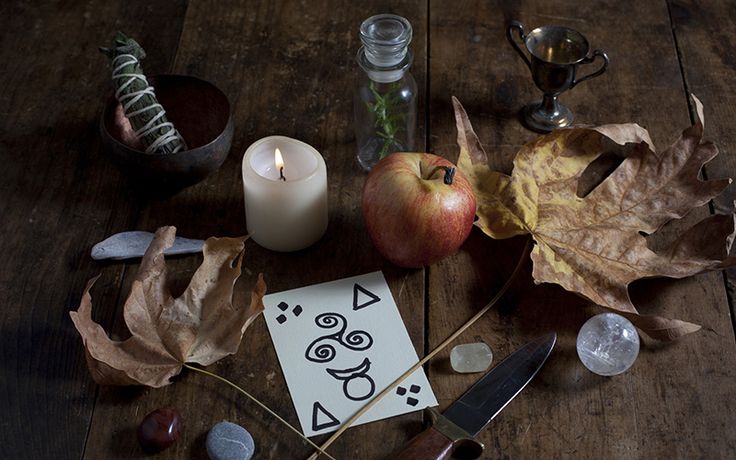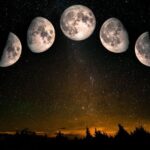Folk magic has survived the rise and fall of empires, the spread of organized religion, and the march of modern science. Despite centuries of suppression, the roots of pagan traditions still live on, quietly woven into customs, healing practices, and spiritual paths around the world. But what exactly is folk magic? And how much of it still echoes the sacred ways of our ancestors?
Let’s walk the path through time and tradition to uncover the essential truths behind the magic that never truly died.
What Is Folk Magic?
Folk magic refers to practical, earth-based spiritual practices passed down through generations. These traditions are usually informal, rooted in local beliefs rather than organized religion. Whether it’s a charm sewn into clothing or herbs boiled into a healing tea, folk magic is deeply personal and connected to the land, spirits, and ancestral wisdom.
At its core, it’s a reflection of how people once understood the world: filled with unseen forces, sacred rhythms, and the power of intention.
Pagan Roots Beneath the Surface
Many elements of folk magic today trace their lineage directly to pre-Christian paganism. Across Europe, Africa, Asia, and the Americas, ancient people lived in relationship with the earth, the moon, and the cycles of nature. Their practices honored seasonal changes, invoked deities of fertility and protection, and celebrated rites of passage with rituals and offerings.
For example, in Celtic lands, seasonal festivals like Samhain and Imbolc survived Christianization by transforming into All Saints’ Day and Candlemas. Yet their magical bones remain—the lighting of candles for protection, the honoring of the dead, and the divination rituals performed on liminal nights.
In Slavic regions, folk healers called znakhari used herbalism, incantations, and protective symbols like the kolovrat—a solar symbol with pagan origins. Despite Orthodox Christianity’s dominance, these practices continued quietly in the countryside, merging old and new beliefs.
Even Southern Appalachian folk magic, often referred to as granny magic or hillfolk traditions, reflects European pagan influences brought over by settlers. These include moon-based planting calendars, spoken spells, and protective charms.
Global Threads of Sacred Magic
Folk magic isn’t limited to Europe. In West Africa, traditional spiritual systems like Yoruba remain vibrantly alive, with practices such as Ifá divination and ancestral offerings forming the spiritual backbone of communities. These traditions survived slavery and colonialism, adapting and blending into Afro-Caribbean religions like Vodou, Santería, and Candomblé—where old gods are still honored in new forms.
In Japan, Shinto remains a folk tradition that honors kami—spirits of nature and ancestors. Ritual purification, offerings, and seasonal festivals preserve a deeply pagan worldview within a modern context.
These sacred paths demonstrate a universal truth: when people connect to nature, spirit, and intention, folk magic emerges.
The Power in Everyday Rituals
You might be surprised by how much folk magic lingers in daily life. Carrying a lucky charm, knocking on wood, tossing salt over your shoulder—these small actions have ancient roots. They’re remnants of a time when people worked with energy, intention, and symbol to shape their world.
Modern witchcraft embraces this legacy. Many Wicked Route readers already practice moon rituals, cast circles, or work with herbal magic—practices that blend ancestral wisdom with contemporary purpose. In doing so, we keep the spark of folk traditions alive.
If you’re new to folk practices, begin with simple rituals. Try setting intentions during the new moon, using local herbs in your spellwork, or creating an ancestral altar. You can also explore the Wheel of the Year to honor seasonal energies—a cornerstone of both modern Paganism and traditional folk calendars.
Why Folk Magic Endures
Folk magic survives because it adapts. It belongs to the people, not the powerful. It offers healing when doctors cannot. It brings hope when religion feels too distant. And it connects us to something deeper—our roots, our land, and our spirit.
As modern mystics walking between the moon and the woods, we carry a sacred duty: to remember. To honor the forgotten. To weave the threads of folklore, energy, and ritual into our lives and pass them on.
Because the old ways never truly died—they’ve just been waiting.



